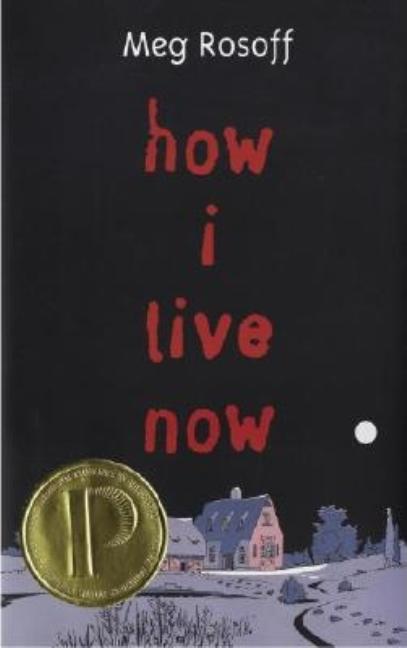Book Descriptions
for How I Live Now by Meg Rosoff
From Cooperative Children's Book Center (CCBC)
From the Publisher
This award winning novel will soon be released as a movie starring Saoirse Ronan as Daisy.
Fifteen-year-old New Yorker Daisy is sent to live in the English countryside with cousins she’s never even met. When England is attacked and occupied by an unnamed enemy, the cousins find themselves on their own. Power fails, system fail. As they grow more isolated, the farm becomes a kind of Eden, with no rules. Until the war arrives in their midst.
Daisy’s is a war story, a survival story, a love story—all told in the voice of a subversive and witty teenager. This book crackles with anxiety and with lust. It’s a stunning and unforgettable first novel that captures the essence of the age of terrorism: how we live now.


